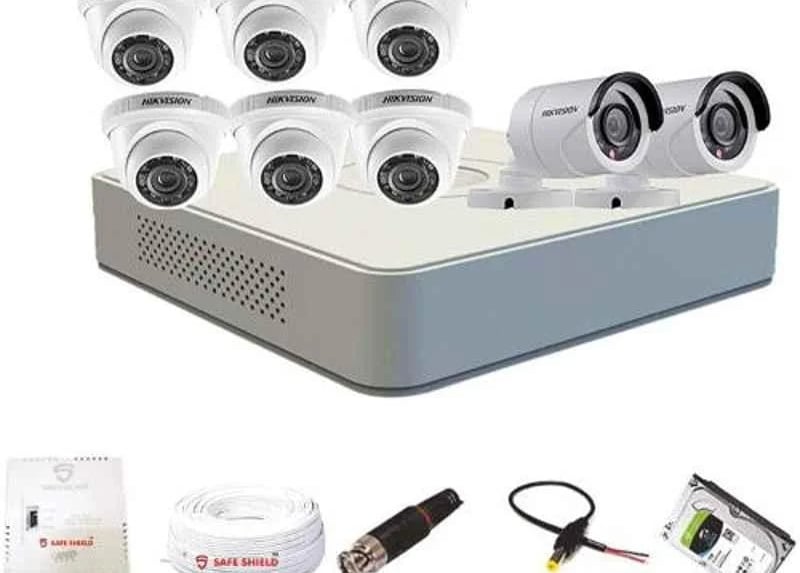Choosing the Right Locations and Number of Cameras for Your CCTV Camera Setup
2/22/20242 मिनट पढ़ें


When it comes to setting up a CCTV camera system, one of the most important factors to consider is the placement of the cameras. The right locations and the number of cameras required can greatly impact the effectiveness of your surveillance system. In this article, we will discuss the key considerations to keep in mind when determining the appropriate locations and number of cameras for your CCTV camera setup.
Determine Your Surveillance Goals
Before deciding on the locations and number of cameras, it is crucial to define your surveillance goals. What areas do you want to monitor? Do you need to cover indoor or outdoor spaces? Are there any specific vulnerabilities or high-risk areas that require special attention? By answering these questions, you can have a better understanding of the areas that need to be monitored and the level of coverage required.
Identify Critical Entry and Exit Points
One of the first steps in determining the locations for your CCTV cameras is to identify the critical entry and exit points of your premises. These can include main entrances, back doors, loading docks, parking lots, and any other areas where unauthorized access could occur. Placing cameras at these points will help you capture important footage and deter potential intruders.
Consider the Field of View
When selecting the locations for your cameras, it is essential to consider the field of view. The field of view refers to the area that the camera can capture. Depending on the size and layout of your premises, you may need to choose cameras with different lens types to cover wide or narrow areas effectively. By ensuring that the cameras have the appropriate field of view, you can maximize the coverage and visibility of your surveillance system.
Account for Lighting Conditions
Another crucial factor to consider when determining camera locations is the lighting conditions. Different areas of your premises may have varying levels of lighting throughout the day and night. It is important to choose cameras that can handle different lighting conditions, such as low light or bright sunlight. Additionally, consider installing cameras with built-in infrared capabilities for areas with poor lighting or during nighttime.
Balance Coverage and Privacy
While it is important to have sufficient camera coverage, it is equally important to respect privacy concerns. Avoid placing cameras in areas where individuals have a reasonable expectation of privacy, such as restrooms or changing rooms. By striking a balance between coverage and privacy, you can ensure the effectiveness of your surveillance system while maintaining ethical standards.
Consult with Professionals
Setting up a CCTV camera system can be a complex task. It is recommended to consult with professionals who have expertise in security camera installations. They can assess your premises, understand your surveillance goals, and provide valuable insights on the optimal locations and number of cameras required for your specific needs.
In conclusion, choosing the right locations and number of cameras for your CCTV camera setup requires careful consideration of your surveillance goals, critical entry and exit points, field of view, lighting conditions, and privacy concerns. By following these guidelines and seeking professional advice, you can ensure that your surveillance system is effective in providing the necessary security and peace of mind.






